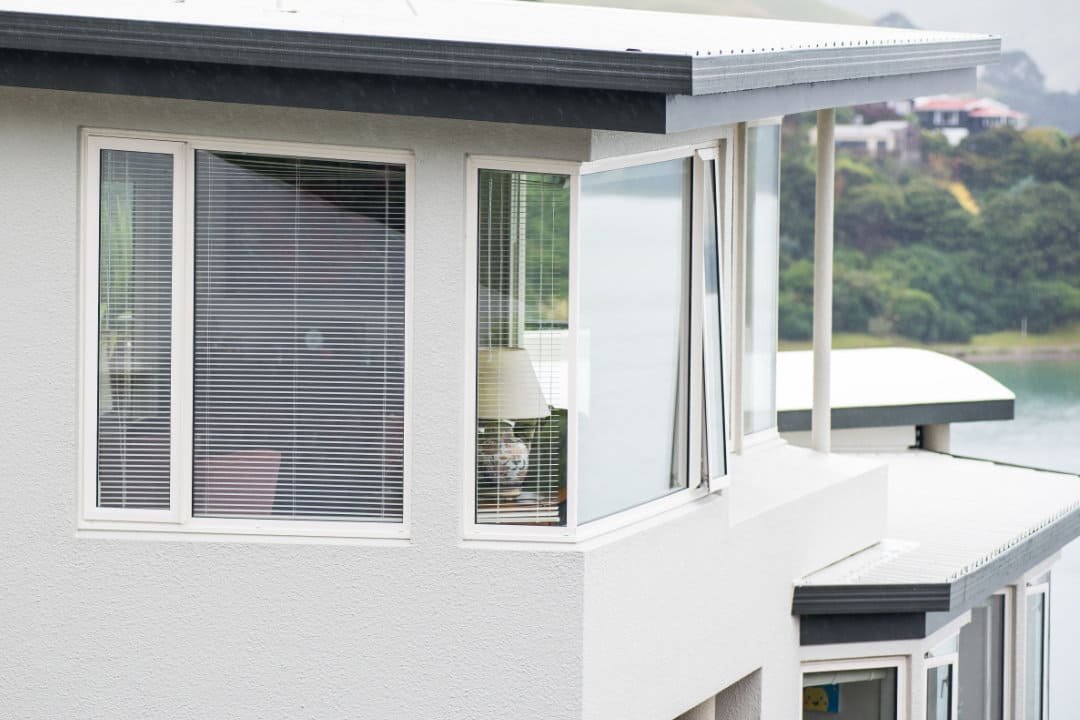Unlocking Energy Efficiency with Double Glazing
In an age where sustainable living takes the front seat, Kiwi homeowners are increasingly looking for ways to make their homes not only more comfortable, but also energy efficient. Among the numerous options, one solution stands out as a game-changer: double glazing.
In this blog, we'll explore how inefficient single glazed windows and doors can be, review the three mechanisms of heat transfer directly influencing energy efficiency and discuss how upgrading to double glazing will help improve your home.
Embracing Energy Efficiency: Why It Matters
Before diving into the details, it's important to understand why an energy efficient home is a big deal. Beyond the obvious drop in utility bills, an energy efficient house means a smaller carbon footprint and a more comfortable year round living environment, resulting in a more attractive, higher value property.
In general, we prefer our homes to be light and bright with a connection to the outdoors. Having plenty of glass will help Kiwis achieve these things, however, if the glass is single glazed, it will come at a cost. While glass has many fantastic properties, it’s a conductive material that heat passes through relatively easily. Studies show a typical, single glazed home in New Zealand will experience around 50% (sometimes a lot more) of the total heat loss will be occurring through the windows and doors, highlighting single glazing as an obvious weak point.
Now, let's take a closer look at how double glazing can be the core of your energy saving journey by exploring the three mechanisms of heat transfer, conduction, convection, and radiation.
Conduction:
As mentioned above, glass is a conductive material that heat will pass through easily. Double glazing, also known as insulating glazing units (IGU), consists of two separate panes of glass with a hermetically sealed cavity between them. This cavity is filled with either dehydrated air or argon gas, both of which are good insulators. Argon gas is a popular choice due to its superior thermal properties. Essentially, when double glazing is installed, insulation has been introduced into your joinery, creating a barrier between inside and outside, and reducing heat loss that is occurring via conduction. This alone can reduce heat loss through windows and doors by over 50%, however more gains in efficiency can be achieved by addressing the other mechanisms of heat loss!
Convection:
The second mechanism of heat transfer is convection, or put simply, draughts. Draughts are caused by gaps around windows and doors that allow air to pass through. Draughty joinery results in warm air from inside your home escaping and cold air from outside entering your home, resulting in heat loss and reduced efficiency. Often, older timber joinery will be particularly draughty, however aluminium frames are not immune to this issue, as frame components such as rubber, catches and stays do wear out over time and introduce gaps and draughts. Eversure has developed solutions for existing timber and aluminium joinery, enabling you to deal with draughts without having to completely replace your frames. For more detailed information on how we achieve this, you can read about our sureFIT services here.
Radiation:
Reducing heat transfer that is happening via conduction and convection will result in a substantial improvement in efficiency, however, there are still significant gains in efficiency to be had by addressing the third mechanism of heat transfer, radiant heat loss. For a lot of Kiwi homeowners, their main source of heating is radiant heat, which comes from sunlight. Single glazing allows radiant energy to pass through the glass into your home, but will also allow radiant heat to be lost back through the windows and doors. This heat loss is often most evident when the sun sets, and you notice a sudden drop in temperature. The good news is that you can address this and maximise efficiency by installing SureTemp LE (Low E Glass). SureTemp LE Glass has a transparent coating applied to the glass that retains radiant heat inside of your home and can reduce heat loss through windows and doors by up to 80%! You can read more about our SureTemp LE range here.
Conclusion:
As energy efficiency and sustainability becomes more front of mind for current and future homeowners, it’s obvious that the energy efficiency of many homes is compromised with cold and draughty single glazed windows and doors. The great thing is that significantly improved energy efficiency can be achieved without extensive and invasive home renovations, or even having to replace your joinery! Double glazing, in its various forms, holds the key to unlocking a more sustainable living space. Whether you choose to retrofit your existing aluminium or timber joinery, or opt for installing new, thermally separated aluminium joinery, the result is a cosier, more environmentally friendly home.
Investing in energy-efficient home upgrades isn't just a trend—it's a commitment to a greener future. By embracing the power of double glazing, you're not only improving your own living conditions but also making a positive impact on the world around you.

